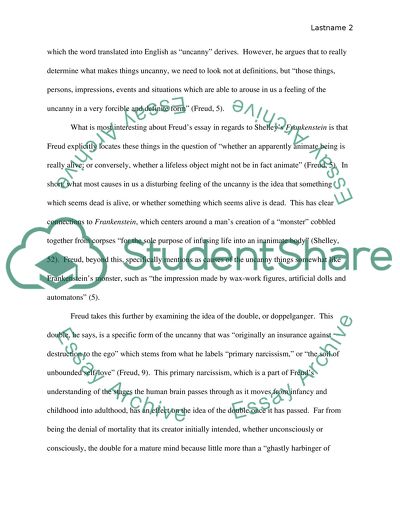Cite this document
(“The Doppelganger in Mary Shelleys Frankenstein Essay”, n.d.)
Retrieved from https://studentshare.org/literature/1477130-the-doppelganger-in-mary-shelleys-frankenstein
Retrieved from https://studentshare.org/literature/1477130-the-doppelganger-in-mary-shelleys-frankenstein
(The Doppelganger in Mary Shelleys Frankenstein Essay)
https://studentshare.org/literature/1477130-the-doppelganger-in-mary-shelleys-frankenstein.
https://studentshare.org/literature/1477130-the-doppelganger-in-mary-shelleys-frankenstein.
“The Doppelganger in Mary Shelleys Frankenstein Essay”, n.d. https://studentshare.org/literature/1477130-the-doppelganger-in-mary-shelleys-frankenstein.


